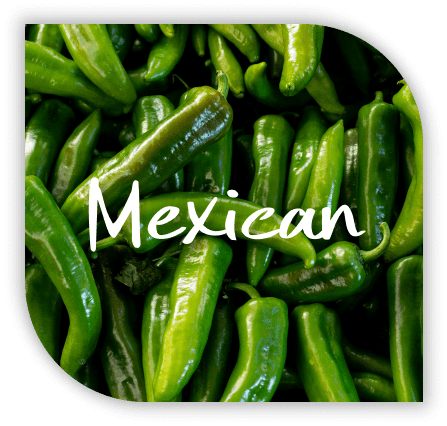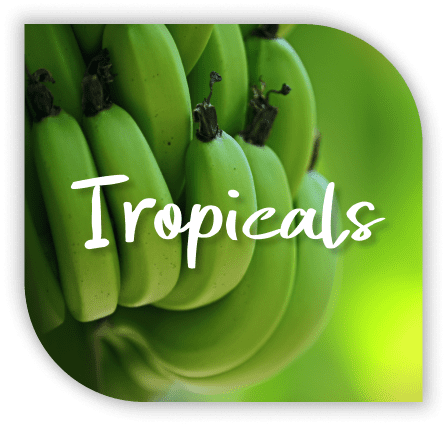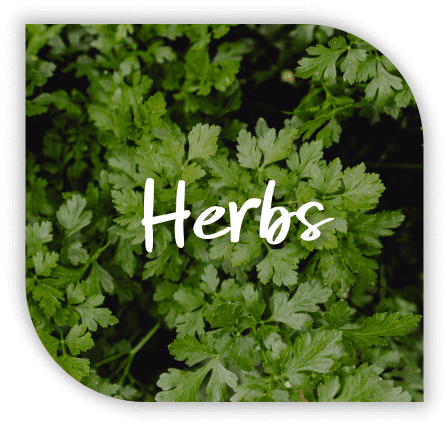
Our Products
Mexicans

Cilantro
Cilantro is a key ingredient in Mexican cooking as well as most of the World. It is a native aromatic herb from Southeast Asia and North Africa, with an herbaceous flavor and multiple health benefits. It has anti-inflammatory and antiseptic properties (prevents the growth of microorganisms which can cause infections), it has a diuretic effect on the body, and is very rich in vitamin C and K.

Cilantro Macho
Is also known as “Flowering Mexican Cilantro”. The leaves are usually used as a garnish and the seeds are sometimes used in the production of certain types of beer and it is also one of the key ingredients when making Gin. Cilantro Macho also has anti-inflammatory and antiseptic properties, and its essential oils help the digestive process. Mexican families love growing it in the backyard because it attracts butterflies.
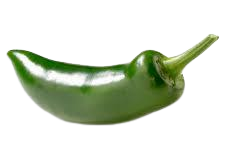
Jalapeño Pepper
Jalapeño peppers are a small to medium sized hot pepper, (5cm to 10cm). Jalapeno peppers are a good source of vitamins A, B6, E and K. They are at the lower end (2500 to 8000) of the SHU (Scoville Heat Unit) which measures the amount of heat a pepper has. Smoked jalapeños are known as Chipotle peppers. Red jalapeños are the main ingredient in “Siracha”.
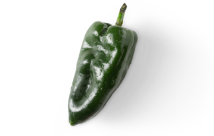
Poblano Pepper
The Poblano is a mild chile native to the state of Puebla, Mexico. Dried, it is called ancho or chile ancho, from the Spanish word wide. Stuffed with fresh or roasted fillings is a popular way to prepare the Stuffed Poblano Peppers dish.

Carrot
Carrots are root vegetables usually orange in color although other colors do exist (yellow and purple). They are rich with beta-carotene, and they are proven to help maintain one’s sight and skin healthy. Carrots also aid with the cardiovascular system, the digestive system and diabetes management. Carrots became more popular during times of depression and famine as they are easier to grow and harvest than the most popular root vegetable the potato.
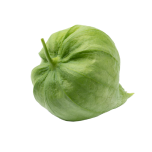
Tomatillo
The Tomatillo, also known as Mexican husk tomato, is a small green, spherical fruit. They are always husked, roasted or boiled, blended with chiles, herbs and spices to make an array of salsas. Tomatillos pair well with all varieties of proteins. We sell both husked and peeled to accommodate the customer’s needs.
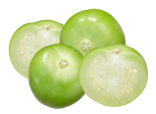
Peeled Tomatillo
This product is similar to husk tomatillo, but it has no peel.

Flat Leaf Parsley
Flat leaf parsley, also known as “Italian Parsley,” is a popular herb all around the World. Here in America, we use it in soups and stews and as a finishing herb. In Italy it is used in many tomato-based dishes. In the Middle East it is the main ingredient in “Tabouleh” a popular salad. The Spanish finish most of their dishes with a sprinkling of chopped flat leaf parsley; like the classic “Gambas al Ajillo”.
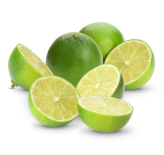
Limes
Limes are a popular citrus fruit known for the high acidity level of their juice. They are perfect for marinating meats, poultry or seafood. Limes are popular in cocktails like Mojitos, Moscow Mules, Pisco Sours and Brazil’s national cocktail the Caipirinha. Look for limes that have a deep green hue and seem heavier than they appear, assuring plenty of juice. We import them from Mexico, Colombia and Ecuador.

Epazote
Epazote is an herb native to Mexico and Central America. It has an extremely funky smell and taste in its raw state. When it is cooked, especially traditionally with beans, it takes on an unmistakable delicious flavor. It is added to dishes that have mushrooms or cheese in them. Medicinally it is used for digestive purposes.
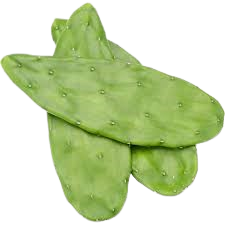
Nopal (Cactus Leaves)
Nopal is the leaves of the cactus plant. In Mexico the thorns are removed, the leaf is diced or sliced and cooked in a variety of ways. In Oaxaca, it is said that they will turn down a sirloin steak to eat a nopal steak with onions. It has a gelatinous texture and a flavor like okra.

